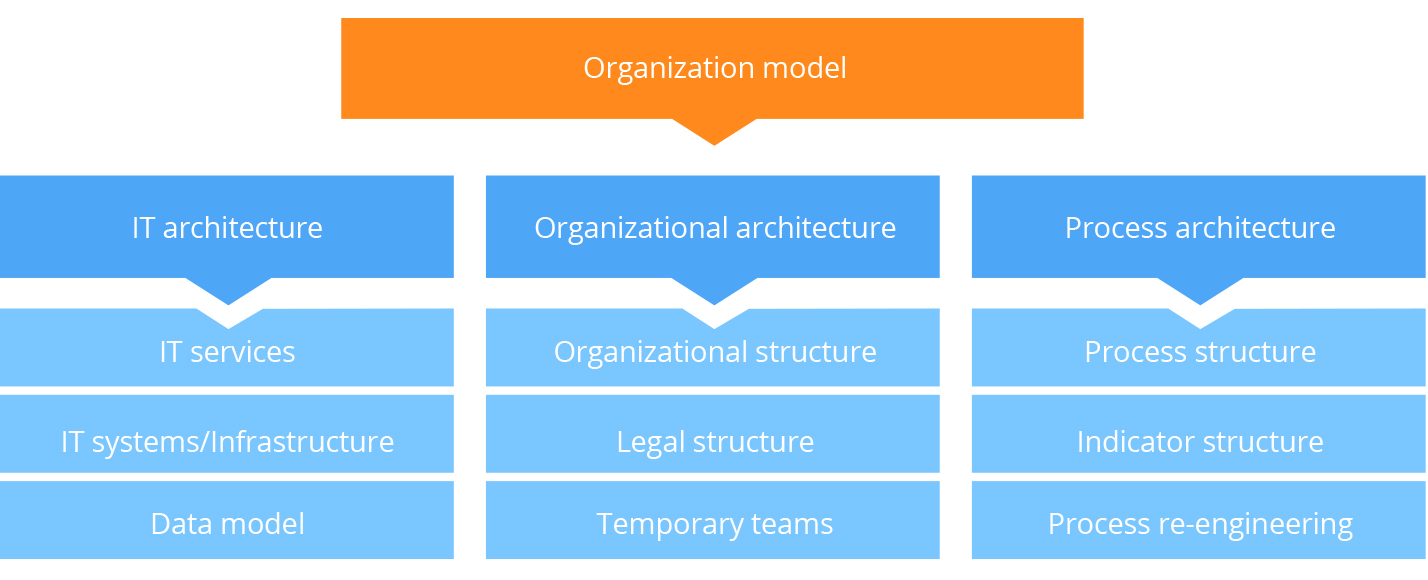A process is not just a sequence of steps that transforms an idea into results
The concept of processes has been popular in business parlance for many decades. At the end of the 20th century, there was a lot of discussion about business process reengineering (BPR), decentralization, centralization, simplification and outsourcing. Recently, the concept has been linked to the notion of continuous improvement, process leaning, waste management and similar business applications. When one thinks deeper, one realizes that it is not just a sequence of actions with efforts that transforms an idea into results, i.e., Input into Output.
Procesas

The tangible implementation of procedural governance remains a distant goal
In business, we try to use process management as an essential tool for building a business model. However, the practical concept of process management still remains a distant goal, and we tend to use bits and pieces, making the concept of process just a jumble of letters and words. Where does the complexity of the process lie in the operating and management environment of an organization? Why is it that the concept of process management sometimes does not maintain continuity in companies and that processes are put on the back burner? If we consider manufacturing company X, it becomes evident that its productivity depends on the seamless operation of processes, their ongoing maintenance, and continual enhancement. However, even within a well-established organization, we cannot immediately determine how many processes there are and where each process begins or ends.
Consider if an individual within this company contemplates revising and enhancing a process such as the 'Procurement of essential raw materials.' They will undoubtedly encounter the problem mentioned above: of consensus regarding the process scope—specifically, its initiation and conclusion points, as well as delineation of responsibilities and methodologies.
How many processes there are in an organization, and where each process begins and ends, will not be immediately apparent, even in a very settled organization.
Process modelling will be clear and effective once we have a common process architecture model of the organization.
Process modeling for the purposes of lean practices, acceleration, automation, and other objectives will achieve clarity and effectiveness through the presence of a shared organizational process architecture model. This model ensures that processes are well-defined within the organization's framework. An organization's process architecture (process map) is essentially a systematic, hierarchical list of processes. Such a list brings together the processes that create and support the company's core value, clearly showing the integration between processes, the start of a process and its outcome. Process architecture is a structured representation of the processes that actually operate in an enterprise. A process architecture model serves to enhance process performance. It aids in establishing a set of corporate key performance indicators (KPIs), charting organizational structure, choosing and implementing information systems, detailing and overseeing a company's data model, and facilitating the outsourcing of specific business components.
Continuous, sequential and non-accidental process improvement in an enterprise is, in principle, only possible with an enterprise process architecture. An enterprise that maintains a process architecture has an integrated change management that reduces the risk of information systems malfunctioning and the occurrence of failures in the related processes.

